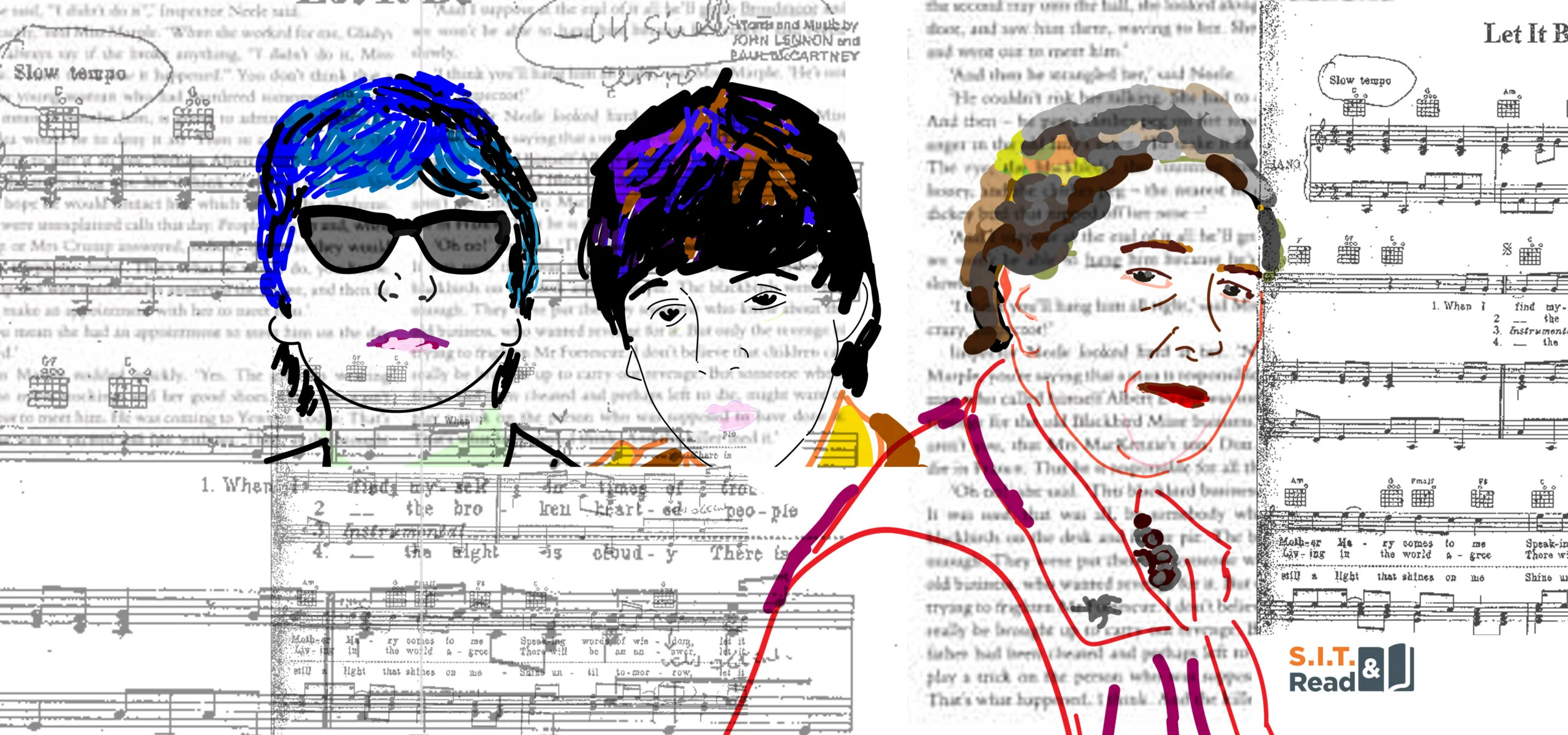A musical perspective on the origins of S.I.T.


Written by Drew Boyd and Prof. Jacob Goldenberg, co-authors of Inside The Box: A Proven System of Creativity for Breakthrough Results (Simon & Schuster, 2013). An except from the book:
The most highly creative humans use
templates to produce extraordinary results.
Once they discover a pattern that is successful,
they stick with it.
Consider one of the most successful musicians in history, Paul McCartney, and his songwriting partner in the Beatles, John Lennon. In one of his biographies, Paul confided how he and John wrote music early in their careers: “As usual, for these co-written things, John often had just the first verse, which was always enough: it was the direction, it was the signpost, and it was the inspiration for the whole song. I hate the word, but it was the template”.
Paul and John discovered successful patterns in music and created a sophisticated set of reusable music-making templates that allowed them to generate one hit song after another. Guinness World Records calls McCartney the “most successful composer and recording artist of all time”. He has recorded gold records, with sales of more than one hundred million albums and one hundred million singles.


McCartney was not alone in using templates for music. The composer Igor Stravinsky used them. Writers and poets use them, only they call them forms – sonnets, for example. Poet Robert Frost, the artist Salvador Dali and Michelangelo – they all learned that templates boosted their creativity output. Mystery author Agatha Christie used them too: a dead body is discovered, a detective examines the crime scene, collects clues, interviews suspects, and only at the very end reveals the killer – the person you least suspected!


None of these achievements was an accident. Templates “limit” us in a way that boosts our creative output. Agatha Christie confined her stories to a similar sequence. Paul McCartney worked within his self-defined musical structure. Why don’t most other people know about templates? Perhaps because creative people didn’t realize they were using one. Perhaps they kept it a secret, worried others might steal it. Using a template, after all, might seem to lessen one’s creative genius. Either way, those templates exist, and there is nothing to stop others from using them. Imagine using the best and most productive creativity templates through the ages to invent something new!
This concept of templates is the foundation of the Systematic Inventive Thinking method, providing both the framework and clear instructions for how to work within the framework to create truly innovative ideas for just about any topic using resources close at hand.
Can you identify patterns or templates that work for you?
Recent Posts
Innovation Behavior
Innovation is a skill, not a gift. Top organizations drive growth by nurturing and investing…
Should you learn TRIZ? – Yes. ….and No.
Are you in the world of problem solving? Is problem solving a skillset you have…
What Lies Ahead in 2024?
5 Data-Driven, Customer-Centric trends we’ve identified This is not just another conventional forecast. Over nearly…
Fork or Chopsticks – Which Innovation Tools Do You Use?
Imagine a chef, who only uses a spoon. Imagine a dentist, who only uses a…
The Moat Mentality: Exploring New Frontiers in Innovation Methodologies
In investing and business strategy, we often speak in terms of moats. Warren Edward Buffett…
Was it a Breakthrough or an Adjacency?
This year, P&G’s Febreze celebrates its silver anniversary as a brand. But not all 25…


